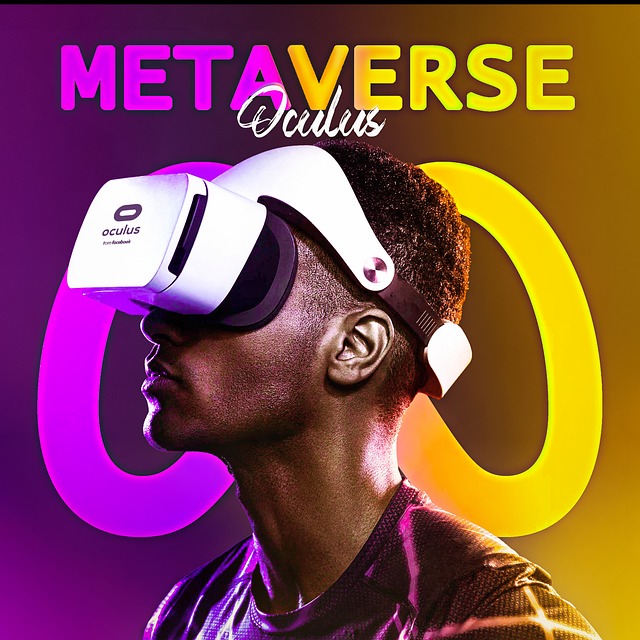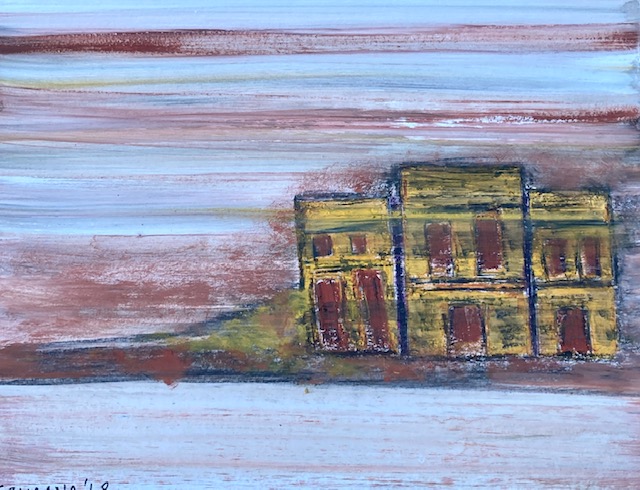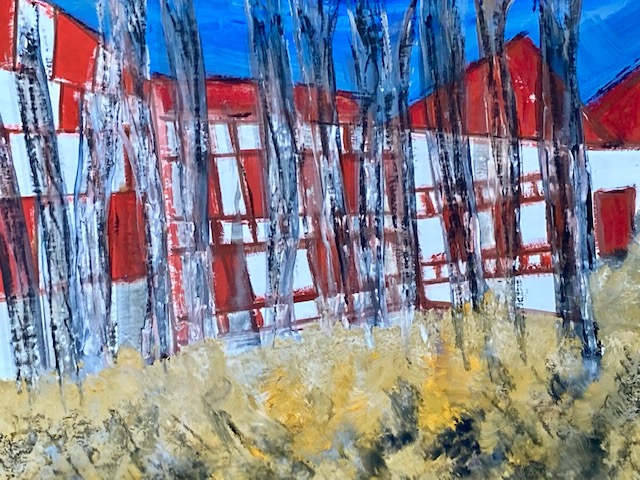Cloud Stocks: NVIDIA Strong Despite China Woes

Yesterday NVIDIA (NASDAQ: NVDA) reported its first quarter results that beat all estimates. The growing demand for AI has driven NVIDIA’s performance over the last few quarters, with more growth yet to come. However, the company was dealing with the trade tensions between the US and China.
>>>Featured Videos
Meta Weaves AI into Portfolio, but Struggles with Behemoth

Meta’s (Nasdaq: META) recently announced quarterly results outpaced market expectations that sent the stock climbing 5% in the after-hours trading session. According to a recent report, the global multimodal AI market size is estimated to grow 37% annually over the period 2025 to 2030 from $1.74 billion in 2024.
>>>1Mby1M AI Investor Forum: Manu Rekhi, Managing Director at Inventus Capital Partners (Part 2)
Sramana Mitra: Let me ask you what you are seeing and how you’re processing this exception, which is usage-based pricing, right? SaaS became so popular because it was subscription pricing, and subscription business models are very attractive to investors, whether it’s public market investors or private market investors. It’s extremely popular because of its predictability and the fact that it’s recurring.
>>>Video FAQs
Can 1M/1M Help Me Raise Money?
How Does 1M/1M Democratize Entrepreneurship Education?
How Does 1M/1M Democratize Management Consulting?
When Is The Right Time To Join 1M/1M?
Can 1M/1M Help Me With Business Development?
Can 1M/1M Help Me With Market Sizing?
Can 1M/1M Help Me Validate My Product?
Will I Have Private 1-on-1 Sessions In 1M/1M?
How Does 1M/1M Help Entrepreneurs Connect With Silicon Valley?
Mentoring or Consulting?
Why Does 1M/1M Charge $1000 a Year?
Why Does 1M/1M Partner With Local Organizations?
Why Don\’t Mentoring Networks Work?
Why Is It Important To Study With 1M/1M Now?
Dan Stewart Story
Vikrant Mathur Story
1Mby1M AI Investor Forum: Manu Rekhi, Managing Director at Inventus Capital Partners (Part 1)

Manu Rekhi, Managing Director at Inventus Capital Partners, discusses his firm’s AI investment thesis.
>>>Bootstrapping a High Growth Cyber Security Venture with a Paycheck: Christian Geyer, CEO of ACTFORE (Part 7)
Sramana Mitra: So you have a bootstrapped company that is looking to go bootstrapping to exit straight away. Now, what is the ideal acquirer for this business? Is it a private equity firm?
>>>Colors: Riverside I

I’m publishing this series on LinkedIn called Colors to explore a topic that I care deeply about: the Renaissance Mind. I am just as passionate about entrepreneurship, technology, and business, as I am about art and culture. In this series, I will typically publish a piece of art – one of my paintings – and I request you to spend a minute or two deeply meditating on it. I urge you to watch your feelings, thoughts, reactions to the piece, and write what comes to you, what thoughts it triggers, in the dialog area. Let us see what stimulation this interaction yields. For today – Riverside I
Riverside I | Sramana Mitra, 2018 | Watercolor, Ink, Pastel | 9 x 12, On Paper
Bootstrapping a High Growth Cyber Security Venture with a Paycheck: Christian Geyer, CEO of ACTFORE (Part 6)
Sramana Mitra: So, what you’re describing is a very interesting scenario where you were able to incubate the company to a very large degree – $18.3 million revenue level within your parent company, and the board let you do that. It’s amazing that you were able to do this at this scale.
Now, how many people went with the spinoff – you and your co-founder and who else?
>>>Colors: Ainhoa III

I’m publishing this series on LinkedIn called Colors to explore a topic that I care deeply about: the Renaissance Mind. I am just as passionate about entrepreneurship, technology, and business, as I am about art and culture. In this series, I will typically publish a piece of art – one of my paintings – and I request you to spend a minute or two deeply meditating on it. I urge you to watch your feelings, thoughts, reactions to the piece, and write what comes to you, what thoughts it triggers, in the dialog area. Let us see what stimulation this interaction yields. For today – Ainhoa III
Ainhoa III | Sramana Mitra, 2018 | Watercolor, Ink | 9 x 12, On Paper
